After having the layouts, the designs, and the storyboard, It was time for me to move on to the production of my project, the “Pirate’s Gold.” During the production, my first goal was to model the chest to the way I want it to be.
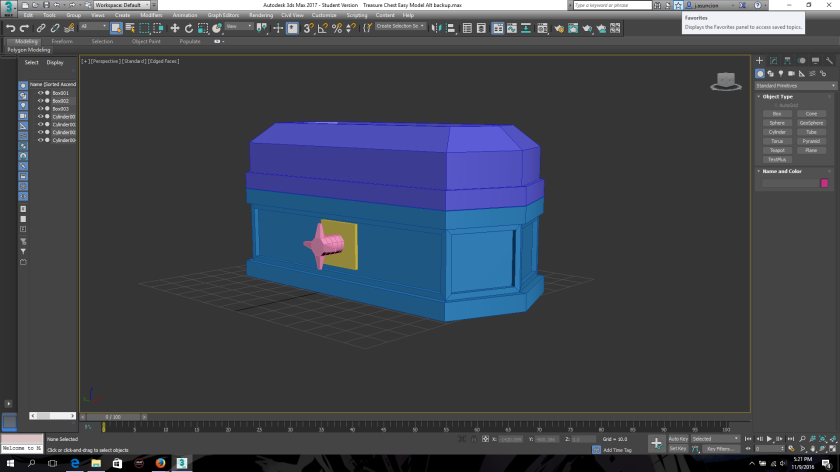
I just added a box and resized it to make it look big and rectangular. That box was made as a base of the treasure chest. I made the left and right side of the chest triangular and made some lines around the chest for the selected planes to be extruded. I added another box and made it as a lid of the treasure chest. I made the lid smaller than the base and beveled it to make it look like a cubed trapezoid. I then inset the top of the lid to add space for the planes and extruded the center down to give it more depth. I adjusted the model and link the two boxes to make it as a complete treasure box. I soon then added a handle in front of the chest and also modelled an eight-sided cylinder that acts as the hinge of the chest’s lid.
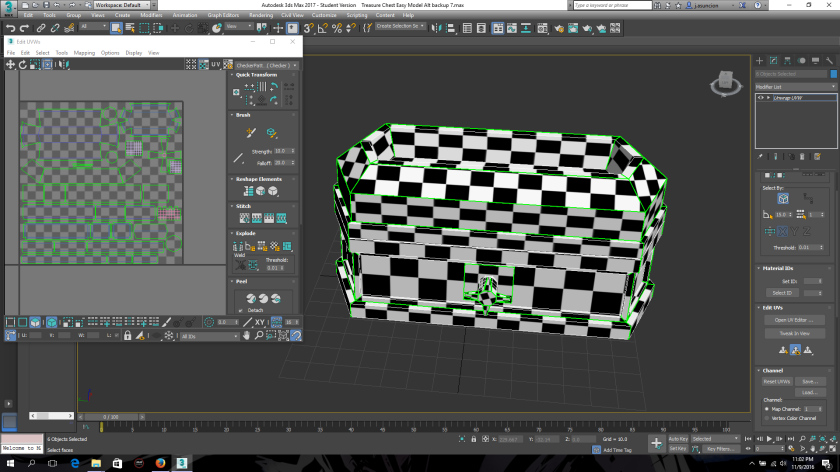
After modeling the treasure chest, I selected the model and Unwrapped the UVW of the treasure chest. Unwrapping the UVW of the treasure chest will flatten the model into 2D and it will also help me add textures to the flatten planes. I assemble the Unwraps of the treasure chest within the box in order for the textures to be shown when used.
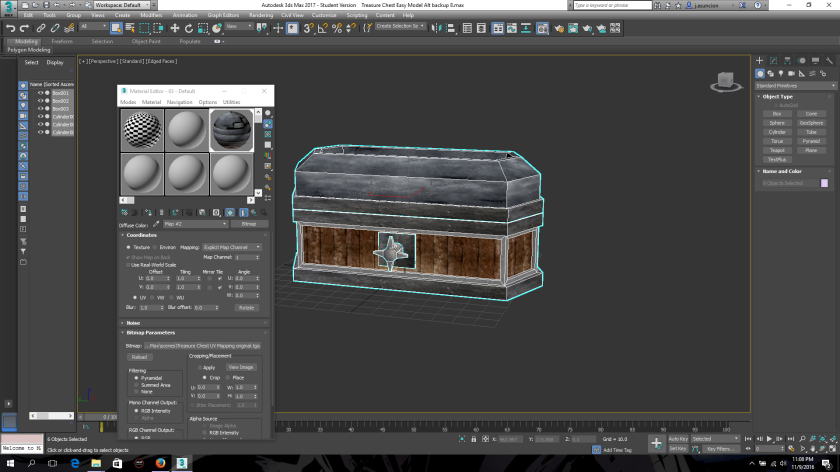
I edit and place the textures in the software called Photoshop. Photoshop allows me to edit and design images for graphic designing or other purposes. Texturing allows me to control the colors, reflectivity, and the shininess. I use the wood and metal textures from the internet as texture materials for my treasure chest. I cropped the textures and place them into the UV maps with its proper shape. I added a bumpmap or shaders to make the textures have a more decorative look. I also included specular texture to show the model’s shininess.
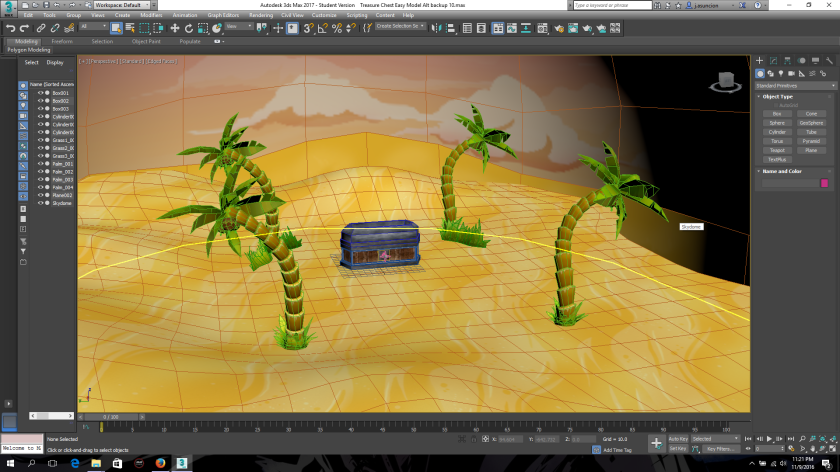
After having the UV maps prepared with its textures, I save it as targa and used it as materials for the chest. Then I started adding the environments from the assets that were given to me for this project, which helped make my job a lot easier. I added in the environment a skydome that acted as the sky. Then I added palm trees, grass, crabs, coins, and a board as props for the animation. I also added textures to them from the assets, which made the environment complete.
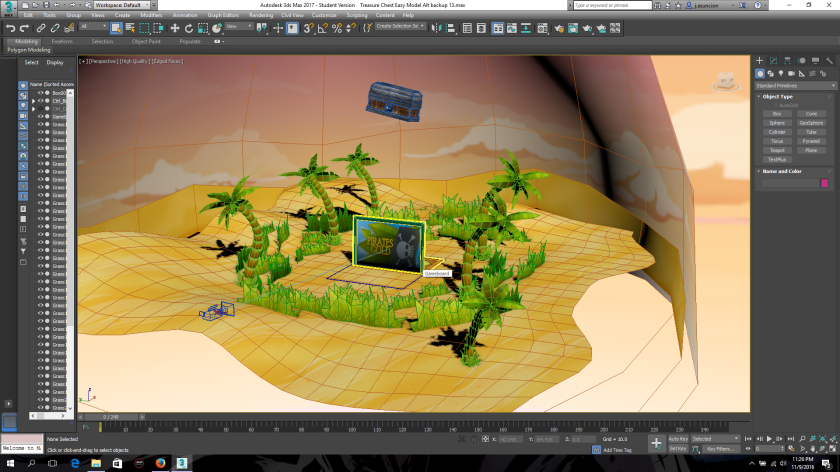
After processing the textures into the models, I rig some models to be put into action and be animated. I rig the chest’s lid to open; rig the crabs to move, and rig the camera to move as well. By inserting the camera, it will allow me to make the right angles and shots according to my storyboard. After having the rigging done in most objects, it was time to render it and move into the post-production.

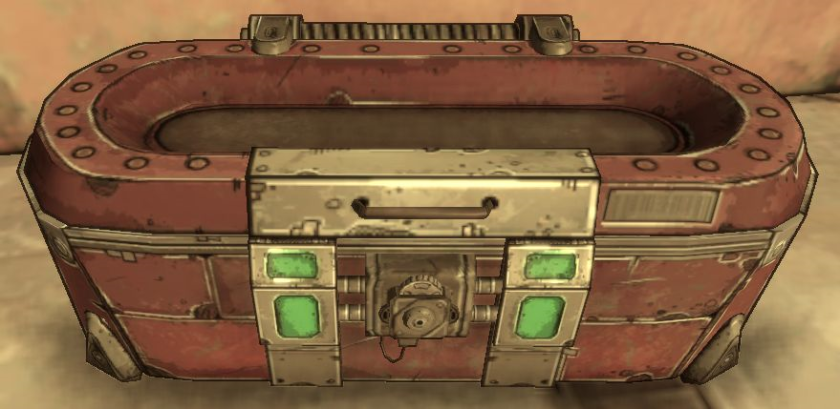
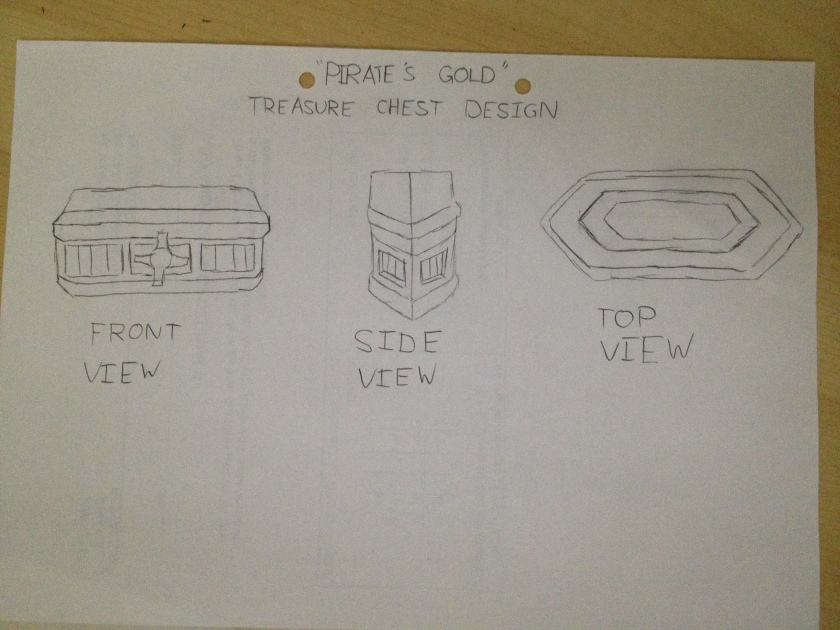
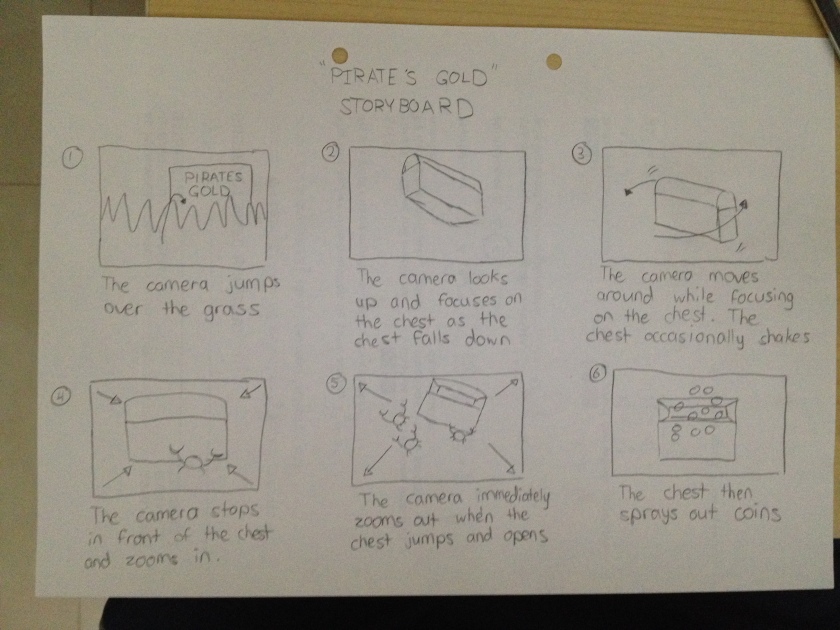
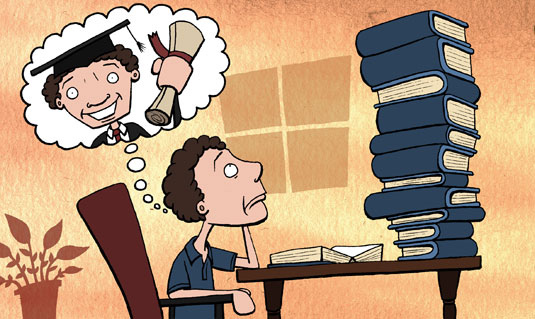
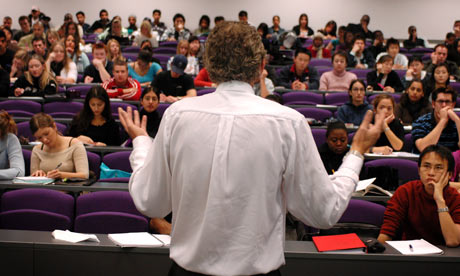

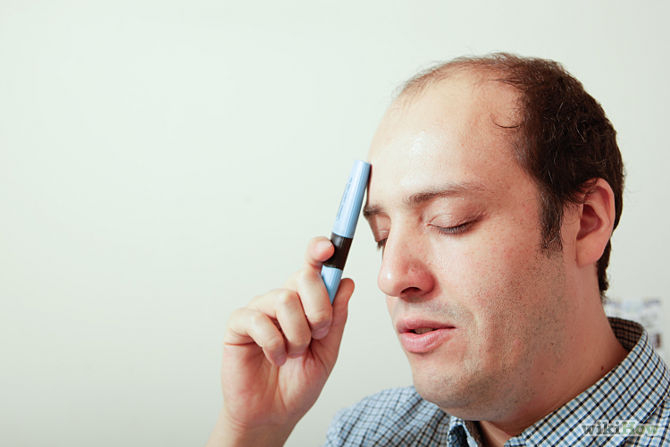



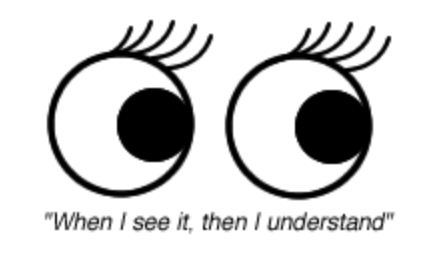
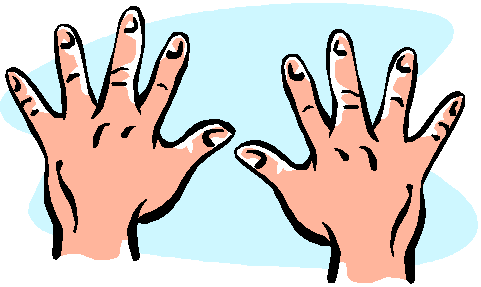
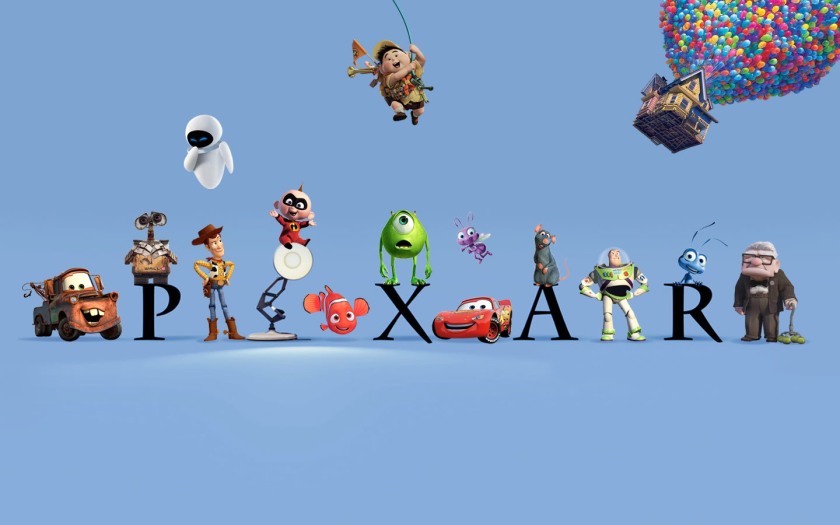

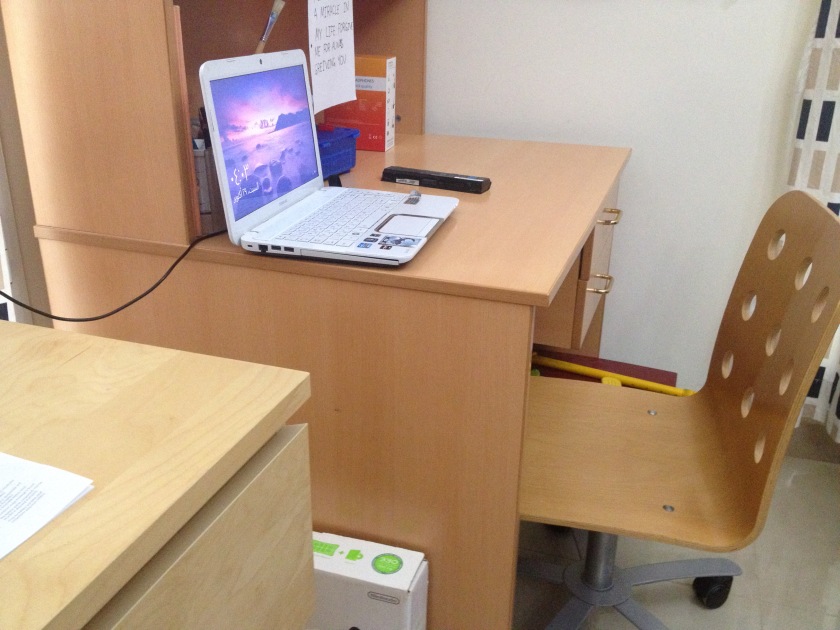
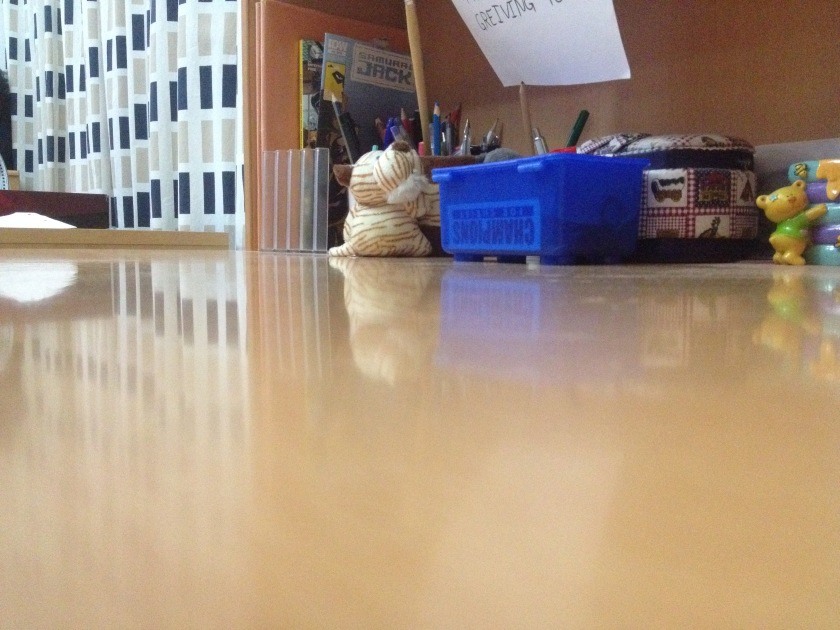
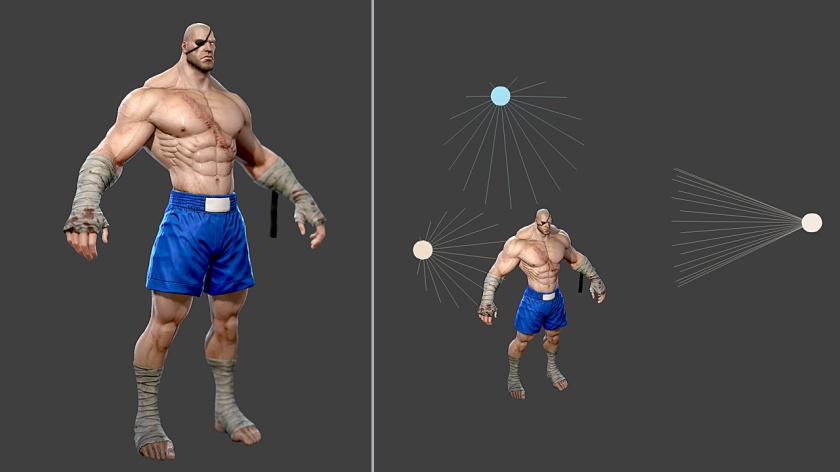 Image: http://www.marmoset.co/wp-content/uploads/mtbl_3point_2.jpg
Image: http://www.marmoset.co/wp-content/uploads/mtbl_3point_2.jpg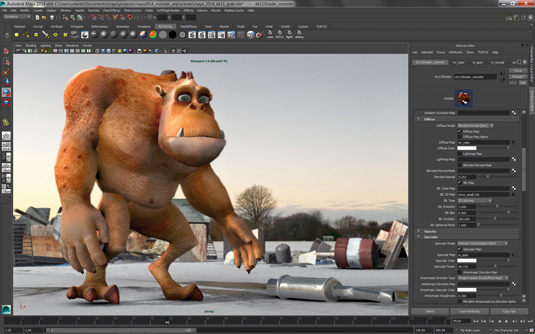

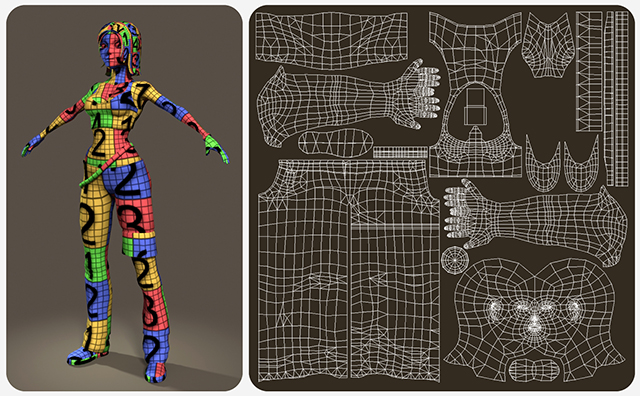

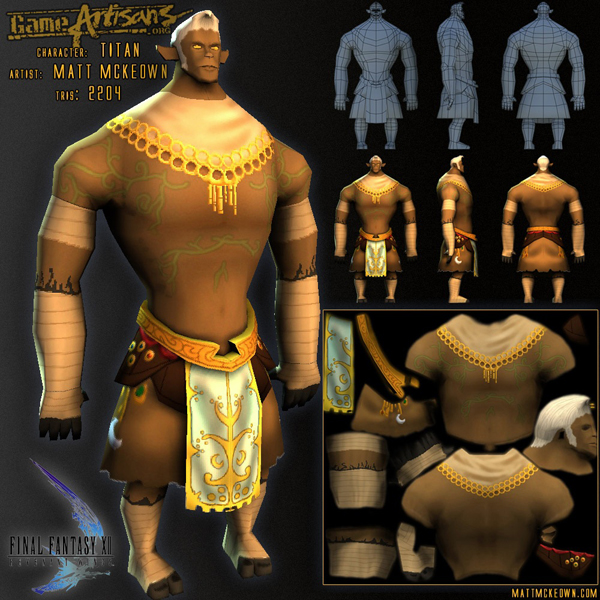
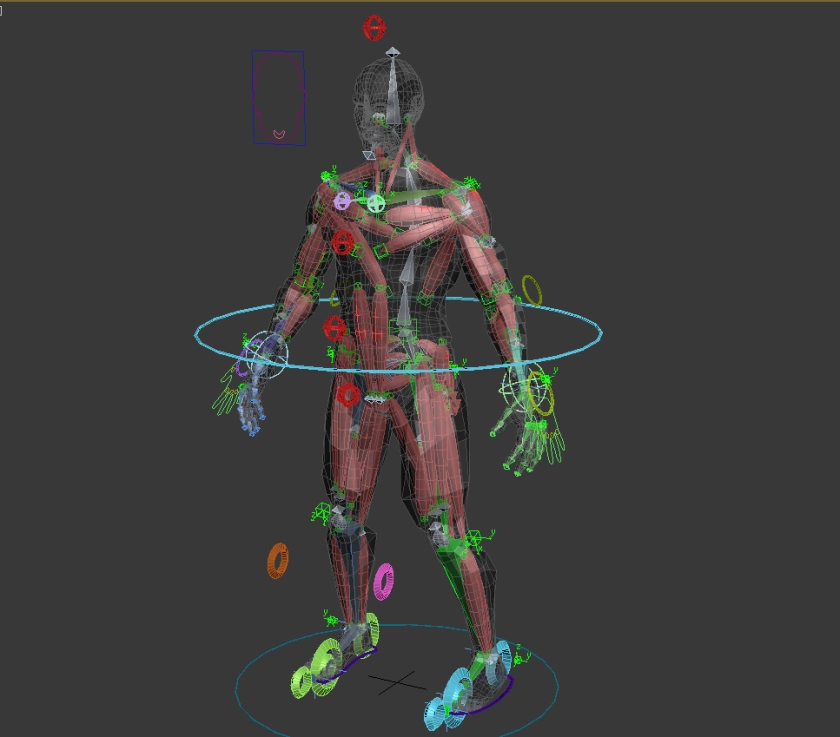 Image:
Image: 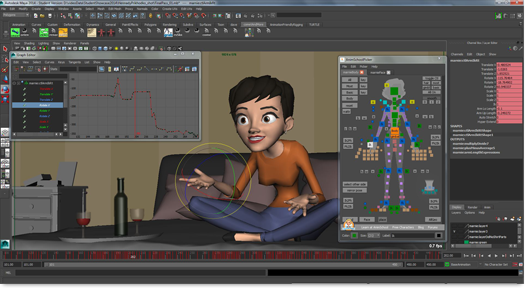
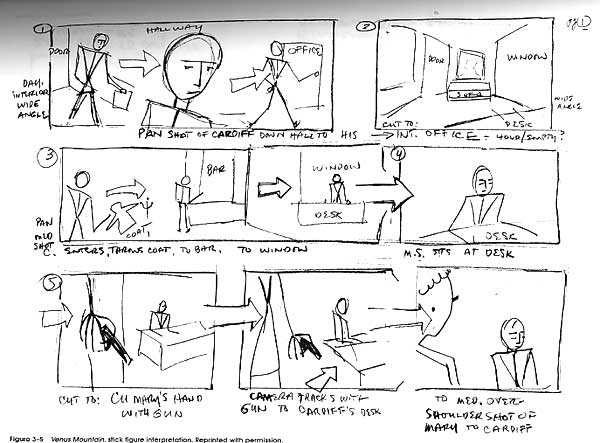
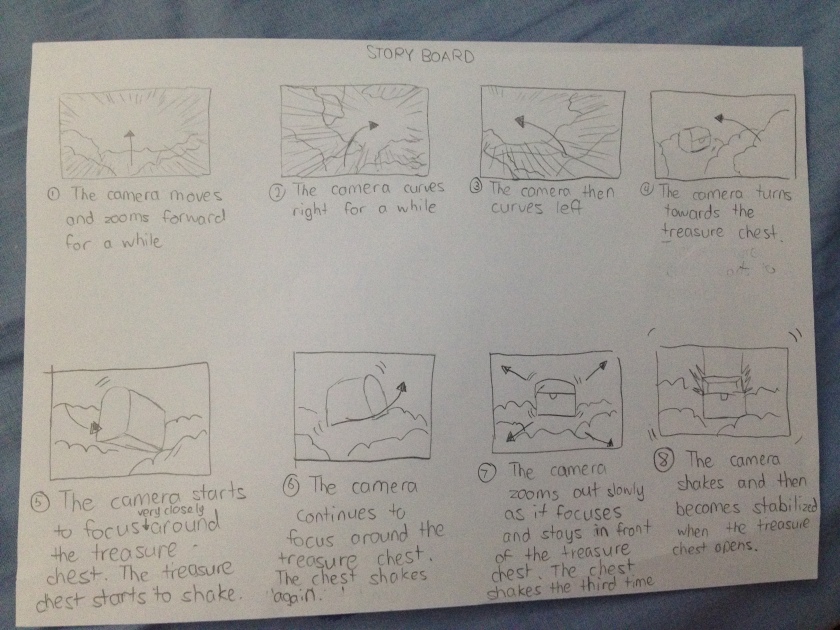

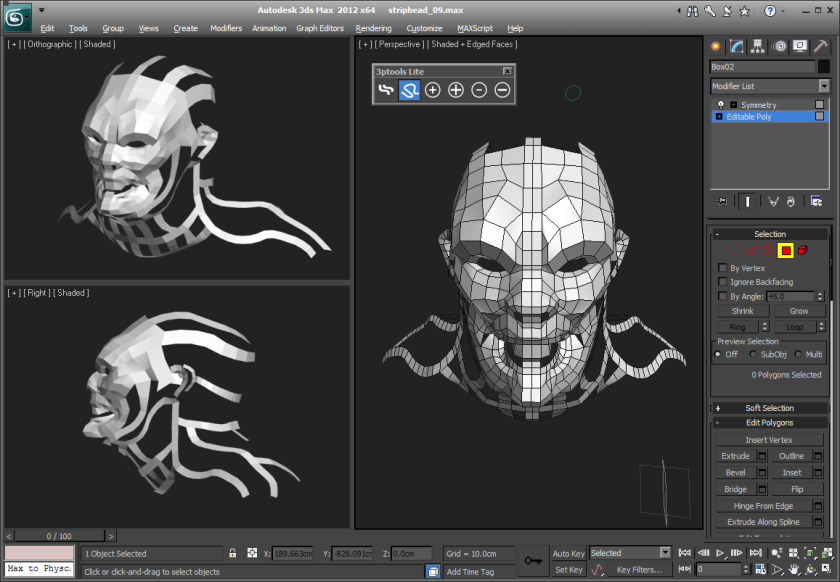
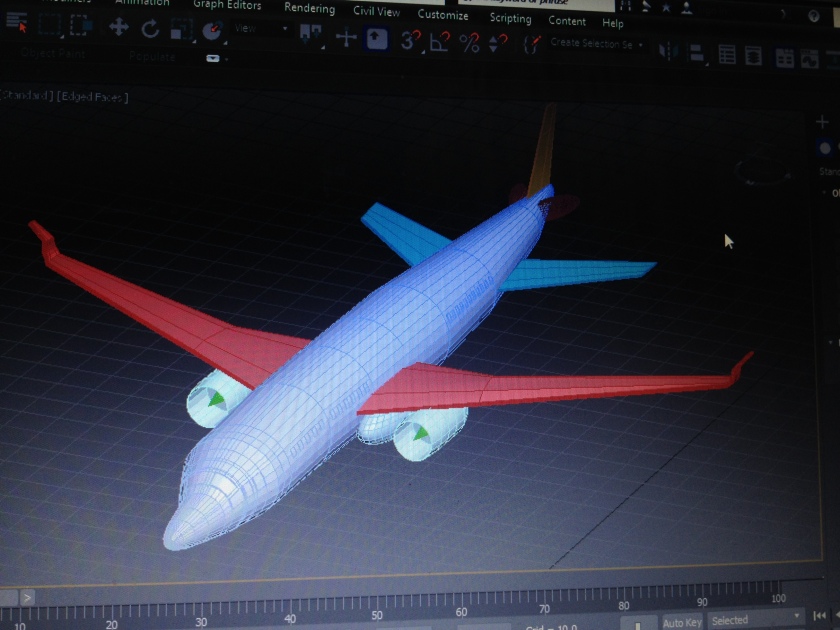 I tried to make my plane look like an air bus, but my mistake was make the nose of the plane longer and pointier, and also making the body a bit fatter and stiff.
I tried to make my plane look like an air bus, but my mistake was make the nose of the plane longer and pointier, and also making the body a bit fatter and stiff.